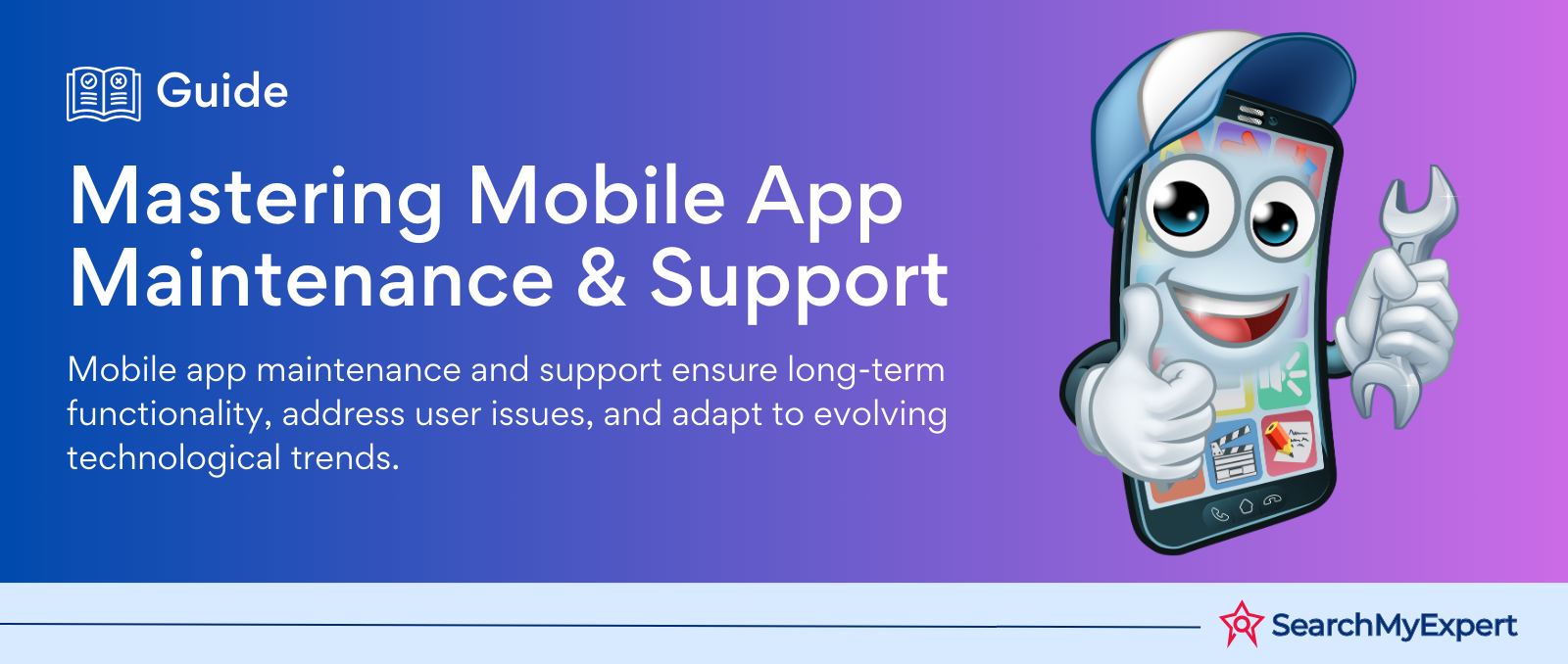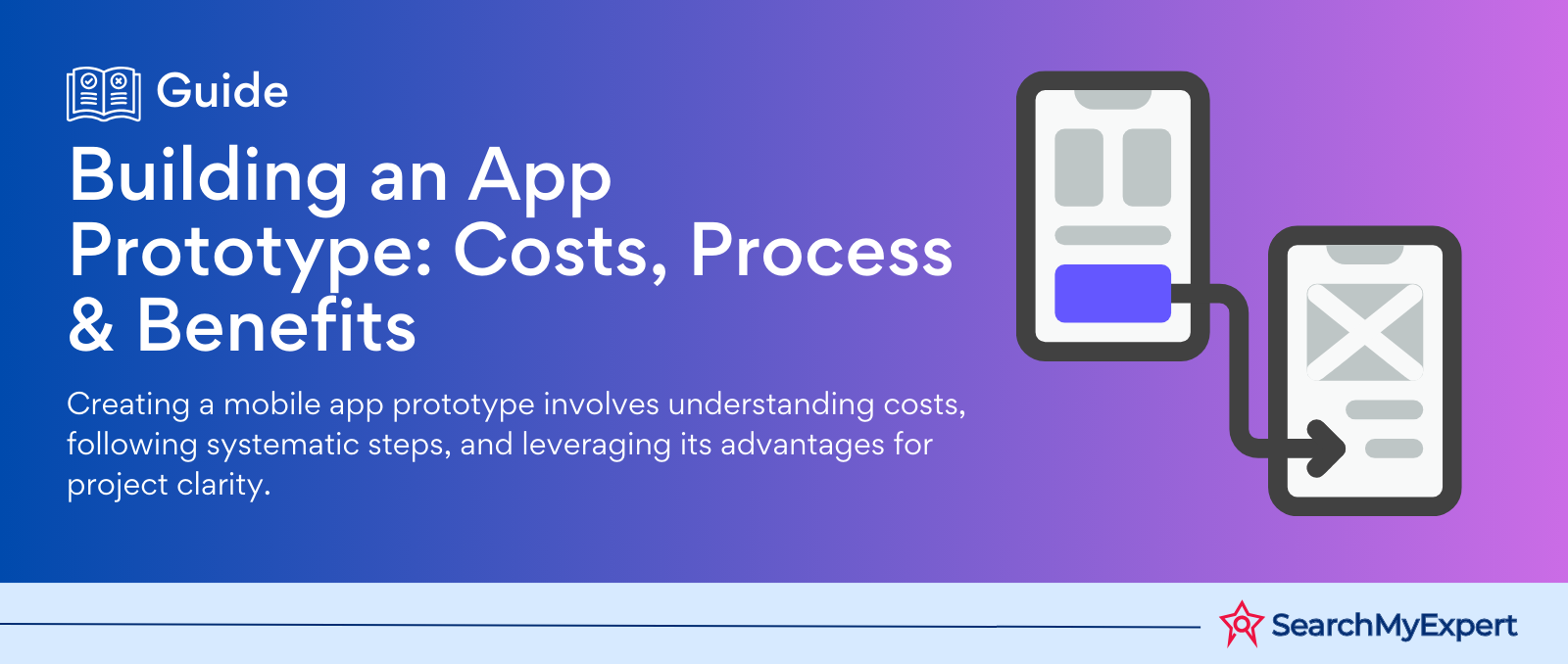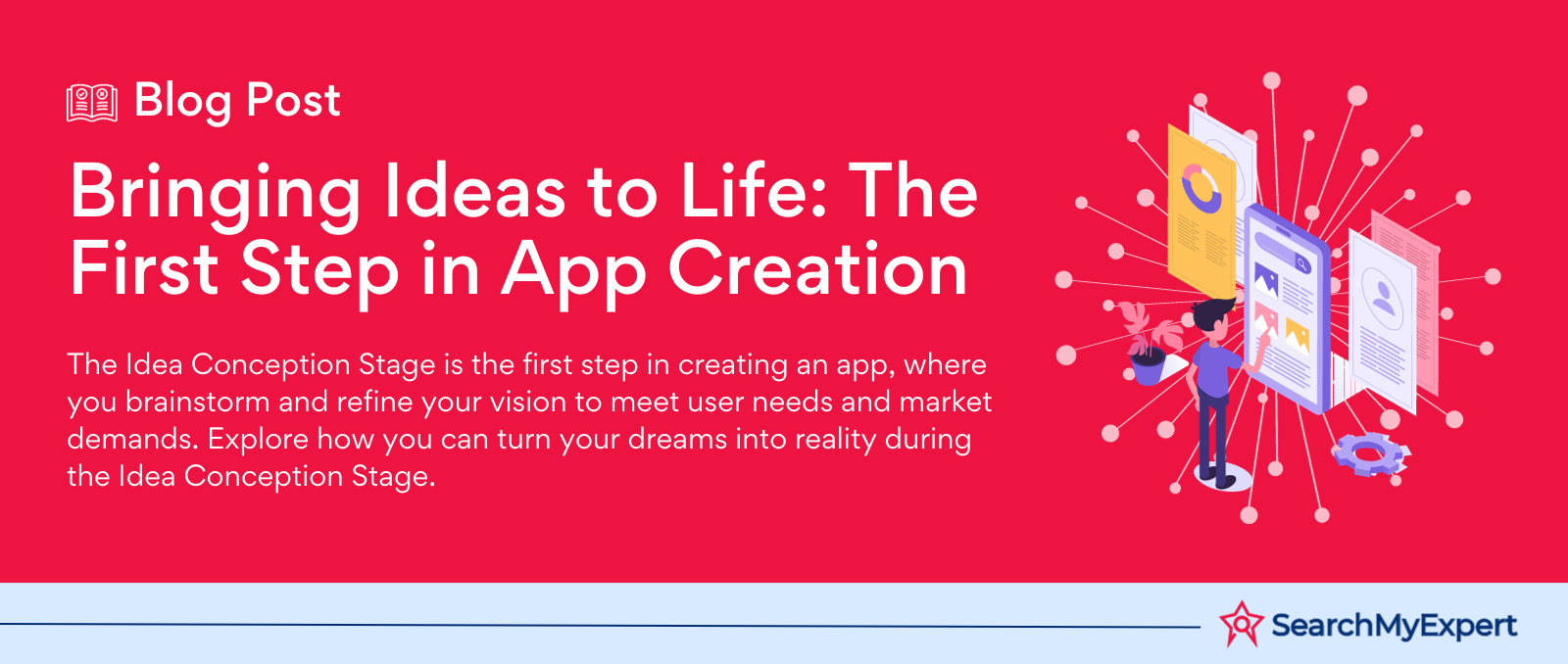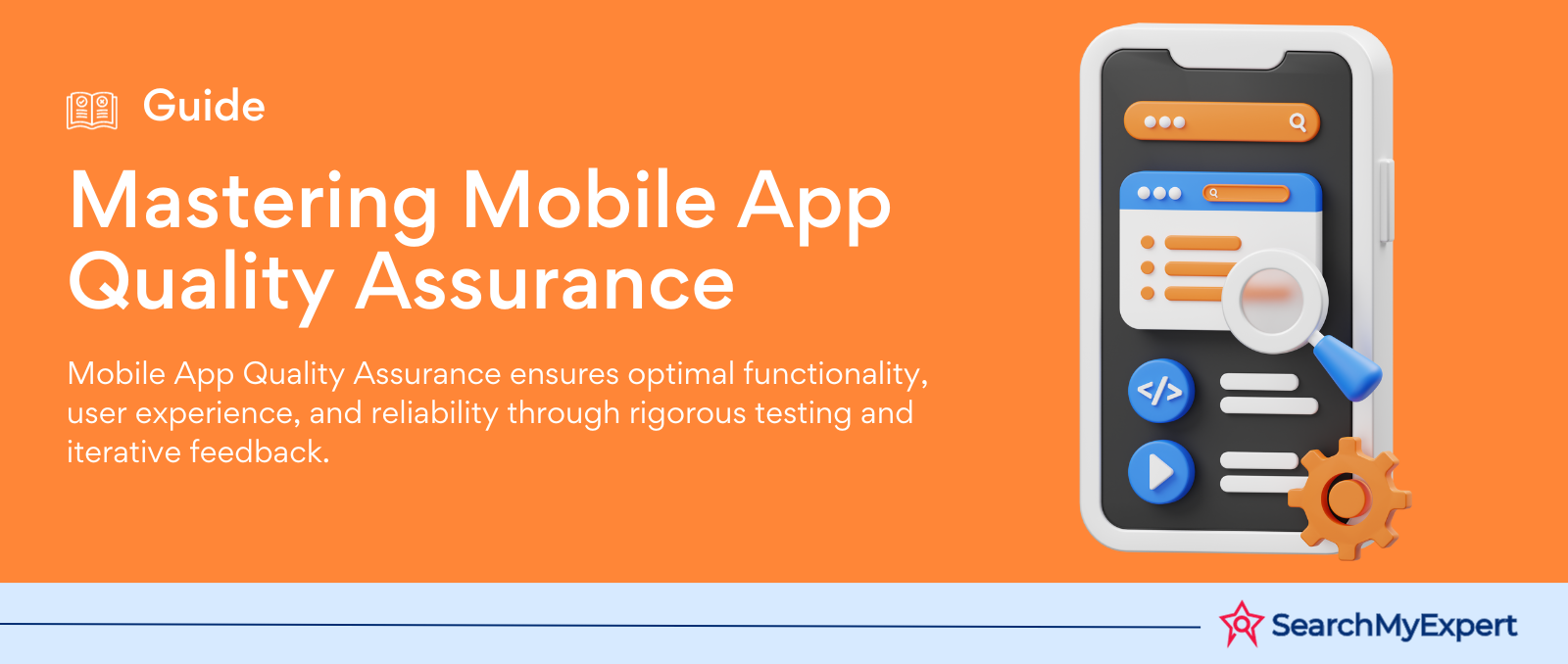Authentication and Authorization: Essential Security Concepts for Web Developers
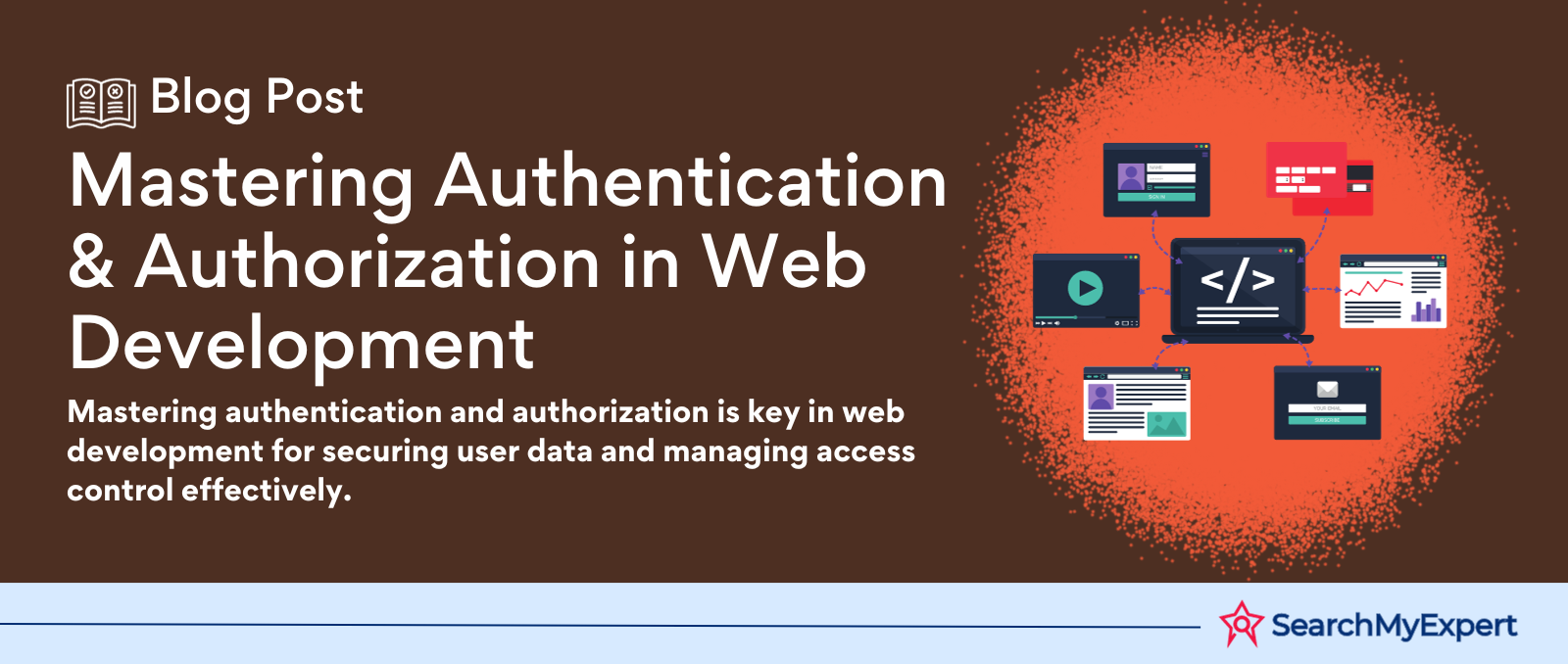
What is authentication and authorization?
Authentication and authorization are two essential security concepts in web development. Authentication is the process of verifying the identity of a user, while authorization is the process of determining what resources or actions a user is allowed to access.
Why is it important for web development?
Authentication and authorization are important for web development because they help to protect websites and web applications from unauthorized access. By verifying the identity of users and controlling their access to resources, web developers can help to prevent data breaches, malware infections, and other security incidents.
Different types of authentication and authorization mechanisms
There are many different types of authentication and authorization mechanisms that can be used in web development. Some of the most common include:
- Local authentication: This involves storing user credentials, such as usernames and passwords, on the web server. When a user attempts to log in, their credentials are checked against the stored database.
- OAuth: OAuth is a protocol that allows users to authenticate with third-party services, such as Google, Facebook, and Twitter. When a user logs in to a website using OAuth, they are redirected to the third-party service to authenticate. Once they have authenticated, they are redirected back to the website with an access token that can be used to access the website's resources.
- OpenID Connect: OpenID Connect is an extension of OAuth that provides additional features, such as user profile information and single sign-on.
- SAML: SAML is a protocol that allows users to authenticate with multiple websites and web applications using a single set of credentials.
- Role-based access control (RBAC): RBAC assigns users to roles, and each role is granted permission to access specific resources or perform specific actions.
- Attribute-based access control (ABAC): ABAC makes decisions about user access based on the attributes of the user, the resource, and the environment.
- Policy-based access control (PBAC): PBAC uses policies to define which users are allowed to access which resources and perform which actions.
Which authentication and authorization mechanisms should I use?
The best authentication and authorization mechanisms for your web application will depend on your specific needs. Some factors to consider include:
- The type of data and resources that your web application protects
- The number of users that your web application supports
- The level of security that you need to achieve
- Your budget and development resources
If you are unsure which authentication and authorization mechanisms to use, you should consult with a security expert.
Authentication
What is authentication?
Authentication is the process of verifying the identity of a user. When a user authenticates with a web application, they are proving that they are who they say they are. This is typically done by providing a username and password, but there are other authentication methods available, such as two-factor authentication (2FA) and biometric authentication.
Why is authentication important?
Authentication is important because it helps to protect web applications from unauthorized access. By verifying the identity of users before they are allowed to access resources, web developers can help to prevent data breaches, malware infections, and other security incidents.
Different types of authentication mechanisms
There are many different types of authentication mechanisms that can be used in web development. Some of the most common include:
- Local authentication: This is the simplest type of authentication, and it involves storing user credentials, such as usernames and passwords, on the web server. When a user attempts to log in, their credentials are checked against the stored database.
- OAuth: OAuth is a protocol that allows users to authenticate with third-party services, such as Google, Facebook, and Twitter. When a user logs in to a website using OAuth, they are redirected to the third-party service to authenticate. Once they have authenticated, they are redirected back to the website with an access token that can be used to access the website's resources.
- OpenID Connect: OpenID Connect is an extension of OAuth that provides additional features, such as user profile information and single sign-on.
- SAML: SAML is a protocol that allows users to authenticate with multiple websites and web applications using a single set of credentials.
How to implement authentication in web applications
The specific way to implement authentication in a web application will vary depending on the type of authentication mechanism being used. However, there are some general steps that are common to all authentication implementations:
- Generate a unique identifier for each user. This can be a simple user ID number or a more sophisticated identifier, such as a UUID.
- Store the user's credentials in a secure location. This can be done in a database, a password manager, or a hardware security module (HSM).
- When a user attempts to log in, compare the user's credentials to the stored credentials.
- If the credentials match, authenticate the user and generate a session token.
- Store the session token in a secure location on the user's device.
- Use the session token to authenticate the user on subsequent requests.
Best practices for authentication
Here are some best practices for implementing authentication in web applications:
- Use strong passwords and other authentication methods, such as 2FA and biometrics.
- Store user credentials in a secure location.
- Use a session timeout to automatically log users out after a period of inactivity.
- Implement rate limiting to prevent brute-force attacks.
- Use a web application firewall (WAF) to protect your website from common attacks.
Authorization
What is authorization?
Authorization is the process of determining what resources or actions a user is allowed to access. Once a user has been authenticated, the authorization system will check their permissions to determine what they are allowed to do.
Why is authorization important?
Authorization is important because it helps to protect web applications from unauthorized access to resources and actions. By controlling user access, web developers can help to prevent data breaches, malware infections, and other security incidents.
Different types of authorization mechanisms
There are many different types of authorization mechanisms that can be used in web development. Some of the most common include:
- Role-based access control (RBAC): RBAC assigns users to roles, and each role is granted permission to access specific resources or perform specific actions.
- Attribute-based access control (ABAC): ABAC makes decisions about user access based on the attributes of the user, the resource, and the environment.
- Policy-based access control (PBAC): PBAC uses policies to define which users are allowed to access which resources and perform which actions.
How to implement authorization in web applications
The specific way to implement authorization in a web application will vary depending on the type of authorization mechanism being used. However, there are some general steps that are common to all authorization implementations:
- Identify the resources and actions that need to be protected.
- Assign users to roles or define policies that define what resources or actions users are allowed to access.
- When a user requests access to a resource or attempts to perform an action, check the user's permissions to determine if they are allowed to do so.
- If the user has permission, grant access to the resource or allow the user to perform the action.
- If the user does not have permission, deny access to the resource or prevent the user from performing the action.
Best practices for authorization
Here are some best practices for implementing authorization in web applications:
- Use the principle of least privilege. This means that users should only be granted the permissions that they need to do their jobs.
- Implement separation of duties. This means that different users should be responsible for different tasks, so that no one user has too much power.
- Regularly review user permissions to ensure that they are still accurate.
- Use a logging system to track user activity and identify any suspicious activity.
Implementing authentication and authorization in popular web frameworks
Django
Django provides a built-in authentication and authorization system that is easy to use. To implement authentication in Django, you simply need to create a custom user model and register it with Django. Once you have done this, you can use Django's built-in authentication views to allow users to log in and log out.
To implement authorization in Django, you can use Django's built-in permission system. Permissions in Django are associated with models and fields. You can assign permissions to roles, and then assign roles to users. When a user requests access to a model or field, Django will check the user's permissions to determine if they are allowed to access it.
Here is a simple example of how to implement authentication and authorization in Django:
Python
# Create a custom user model
class User(AbstractUser):
pass
# Register the custom user model with Django
AUTH_USER_MODEL = 'myapp.User'
# Create permissions
from django.contrib.auth.models import Permission
permission = Permission.objects.create(codename='can_view_articles', name='Can view articles')
# Assign permissions to roles
from django.contrib.auth.models import Group
group = Group.objects.create(name='Editors')
group.permissions.add(permission)
# Assign roles to users
user = User.objects.create(username='editor', email='editor@example.com')
user.groups.add(group)
Rails
Rails also provides a built-in authentication and authorization system. To implement authentication in Rails, you can use the Devise gem. Devise is a popular authentication gem that provides a variety of authentication options, including email, password, and social login.
Once you have installed and configured Devise, you can use it to create user accounts and allow users to log in and log out. You can also use Devise to implement authorization by assigning roles to users and checking user roles before allowing them to access resources or perform actions.
Here is a simple example of how to implement authentication and authorization in Rails using Devise:
Ruby
# Install and configure Devise
gem 'devise'
run 'bundle install'
rails generate devise:install
rails generate devise User
# Create roles
class Role < ApplicationRecord
has_and_belongs_to_many :users
end
# Assign roles to users
user = User.create(email: 'user@example.com', password: 'password')
user.roles << Role.find_or_create_by(name: 'User')
Laravel
Laravel also provides a built-in authentication and authorization system. To implement authentication in Laravel, you can use the Auth middleware. The Auth middleware will check if the user is logged in before allowing them to access resources or perform actions.
To implement authorization in Laravel, you can use the Gate class. The Gate class allows you to define permissions and assign them to roles. You can then check user roles before allowing them to access resources or perform actions.
Here is a simple example of how to implement authentication and authorization in Laravel:
PHP
// Define permissions
Gate::define('view-articles', function () {
return true;
});
// Assign permissions to roles
Gate::assign('view-articles', 'editor');
// Check user roles before allowing them to access resources or perform actions
if (Gate::allows('view-articles')) {
// Allow access to the resource or perform the action
} else {
// Deny access to the resource or prevent the user from performing the action
}
Conclusion
Authentication and authorization are two essential security concepts in web development. By understanding these concepts and implementing appropriate authentication and authorization mechanisms, web developers can help to protect their websites and web applications from unauthorized access.
Here is a summary of the key takeaways from this blog post:
- Authentication is the process of verifying the identity of a user.
- Authorization is the process of determining what resources or actions a user is allowed to access.
- There are many different types of authentication and authorization mechanisms that can be used in web development.
- When choosing authentication and authorization mechanisms, it is important to consider the type of data and resources that your web application protects, the number of users that your web application supports, the level of security that you need to achieve, and your budget and development resources.
- There are best practices for implementing authentication and authorization in web applications, such as using strong passwords and other authentication methods, storing user credentials in a secure location, and using the principle of least privilege.
Here are some additional tips for implementing authentication and authorization in web applications:
- Use a single sign-on (SSO) solution. SSO allows users to log in once and then access multiple web applications without having to log in again. This can improve the user experience and reduce the risk of password fatigue.
- Implement two-factor authentication (2FA). 2FA adds an extra layer of security to authentication by requiring users to enter a code from their phone in addition to their password.
- Use a web application firewall (WAF). A WAF can help to protect your web application from common attacks, such as SQL injection and cross-site scripting.
Regularly review your authentication and authorization mechanisms. Make sure that they are still effective and that they are configured to meet your security needs.
Ignite the web with
Web developers who are passionate about perfection.
share this page if you liked it 😊
Other Related Blogs

Mastering Docker for App Development: A Comprehensive Guide to Benefits, Use-Cases, and Alternatives
STAY UP TO DATE
GET PATH'S LATEST
Receive bi-weekly updates from the SME, and get a heads up on upcoming events.
Contact Us





